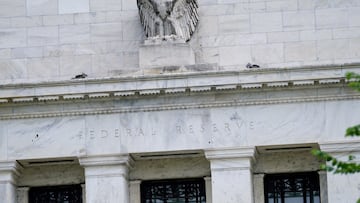FINANCE
Inflation increased 0.3 percent in April: What this means for interest rates
Inflation increase 0.3 percent in April, highlighting that prices are rising once again. How will the Fed respond.

In April, inflation rose 0.3 percent, according to the Bureau of Labor Statistics’ Consumer Price Index.
This news follows a lackluster April Jobs report that did not meet forecast expectations, with the US economy only adding 175,000 jobs and the unemployment rate ticking up to 3.9 percent. Signs that the labor market is softening as prices continue to rise concern many economists, who worry that the Federal Reserve’s rate hikes could throw the economy into a recession if central bank officials are not careful.
The Bureau of Economic Analysis reported further GDP growth in the first quarter of 2024, temporarily pausing talk of a recession. However, experts noted that the increase was smaller than in previous quarters, suggesting that growth is slowing and could potentially turn negative. The Federal Reserve does not anticipate the economy entering a recession this year, projecting GDP growth to range between 0.8 and 2.5 percent.
How will the Fed respond?
The Federal Reserve said it would not change interest rates earlier this month. The US Central Bank is still awaiting more data to identify when it will be possible to change the path of monetary policy it has carved out over the last two years. Though many expect the central bank to begin lowering interest rates by the end of the year, Fed officials have cited continued inflation as an indicator that continuing the current level of tightening or applying more pressure by raising rates further would be warranted.
The news from April could indicate that interest rates are unlikely to fall in the coming months. However, the Fed does not focus so much on the CPI; instead, it uses the personal consumption expenditures index, for which the April figures will not be available until the end of the month. The Fed’s Federal Open Market Committee will meet on 11-12 June to make further determinations on the country’s monetary policy.






